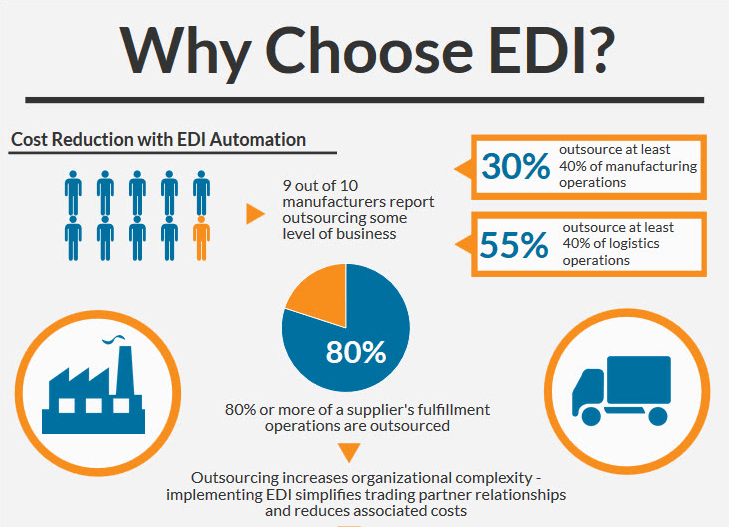According to the Global Supply Chain Survey 2013 automotive industry leaders plan to focus on both continuous improvement efforts relating to production efficiency and inventory management. Focusing on improving these areas can help to reduce costs and increase supplier collaboration. The top four areas of focus identified in this study were cost minimization, delivery performance, volume flexibility and complexity management. This is where industry best practices come into play. To address these issues automotive supply chain operators are implementing EDI/ASN to more effectively manage inbound shipment schedules and facility staffing. The information gleaned from this change allows these businesses to be proactive rather than reactive. Supply chain managers are also implementing documentation management protocols in order to comply with regulations and improve recall execution. In response to omni-channel retailing the automotive supply chain is also now aggregating orders into once centralized location such as a warehouse management system (WMS). This provides fulfillment centers with a more holistic view of inventory data. With this more accurate view of data, supply chain operations can also reduce on-hand inventory and focus on a just-in-time (JIT) replenishment strategy. This helps to reduce costs creating savings that can be passed on to customers. Transportation routing and other analytics are also being used to make data more accessible to all key supply chain players, including customers. To access more valuable automotive supply chain resources contact Datex experts today at www.datexcorp.com or marketing@datexcorp.com or call 800.933.2839 ext 243.
See what Datex Footprint® WMS can do for you.
Infographic- Why Choose EDI?
Many supply chain operations are opting toward eliminating communication methods of the past such as fax, email and mail for placing orders, sending invoices and much more. This is where electronic data interchange (EDI) comes in. As more and more tasks are outsourced…
Manufacturing Outlook 2014- The Future of Manufacturing
The state of the manufacturing industry is constantly evolving to adapt to customer demand, technology advancements and a variety of other factors. To effectively handle the changes in the marketplace manufacturing businesses are making changes to their operation. In…
3PL IT Capabilities
In an industry where customer service is key it is critical to focus on factors that affect your ability to service customers effectively. This is what the third party logistics industry has turned its focus to in recent years. While 69% of 3PLs think that their…



